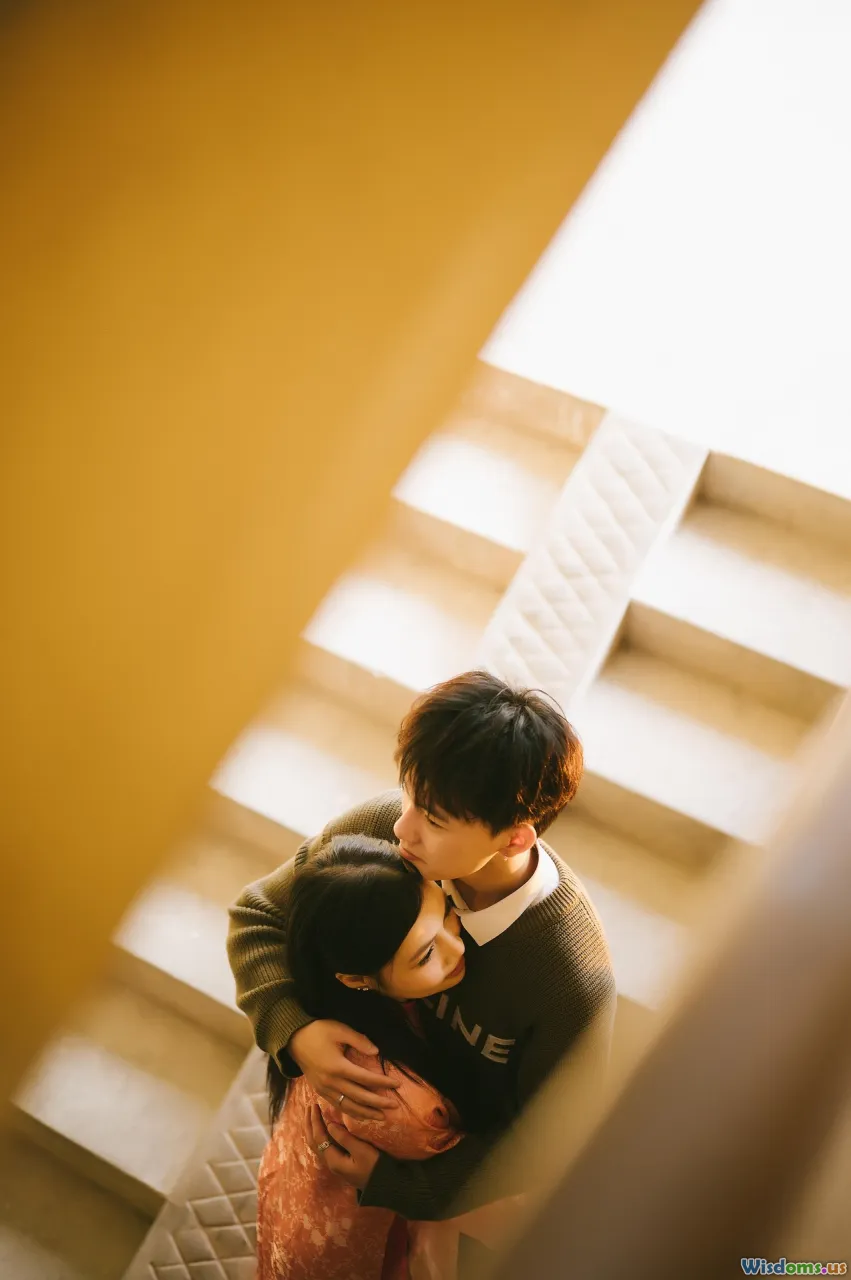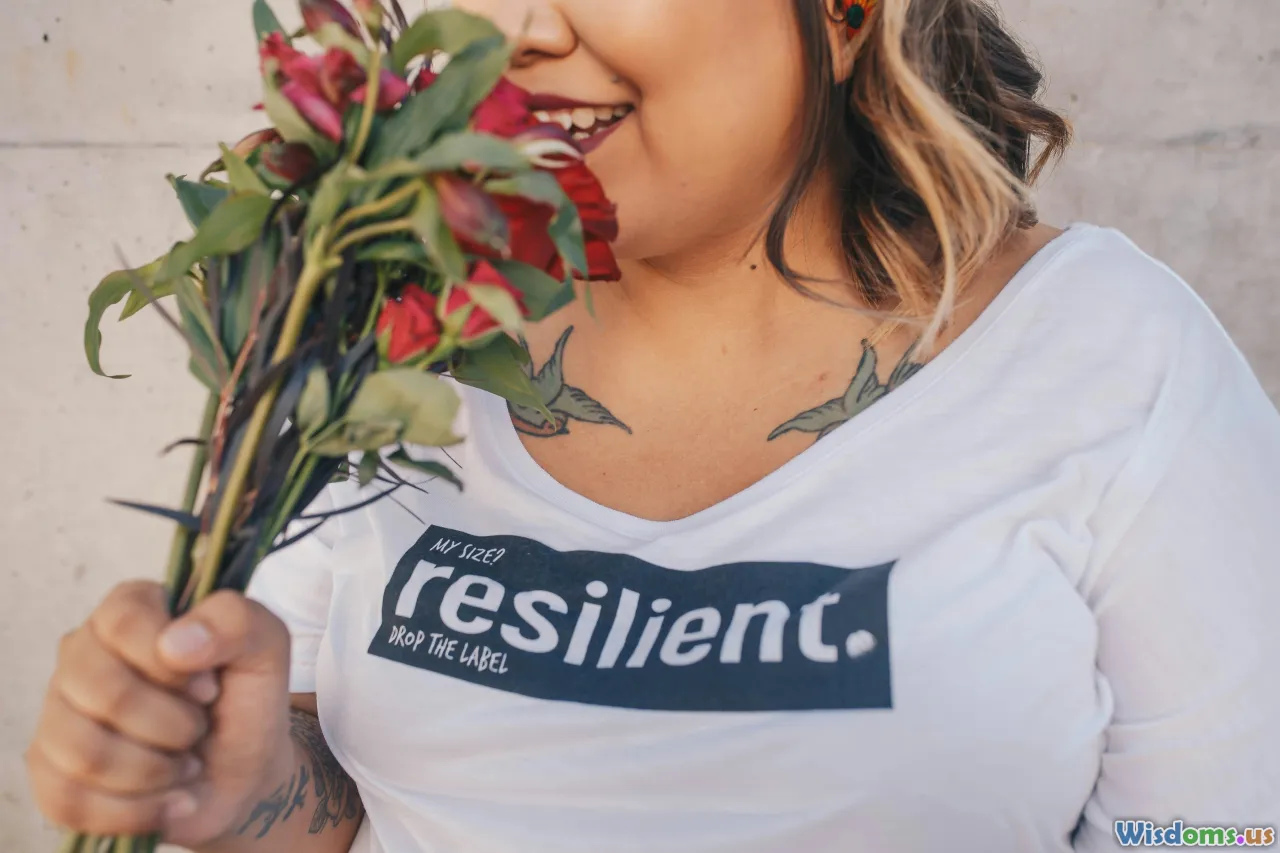
Why Do Rebounds Stall True Healing After Relationships End
13 min read Explore why rebound relationships can hinder true emotional recovery after a breakup. (0 Reviews)
Why Do Rebounds Stall True Healing After Relationships End
Breakups can feel like emotional earthquakes, shifting the very ground we stand on. In the aftermath, the temptation to leap into another relationship—a classic rebound—can be intense. Pop culture almost glorifies the idea: find someone new and numb the pain, right? But beneath the surface, rebounds don't typically pave the way for true healing. They often hold us back, stunt emotional growth, and create cycles that are difficult to escape. This article provides an in-depth look into why rebound relationships can be a deceptive detour rather than a road to recovery.
The Nature of Rebound Relationships

Rebound relationships are, at their core, connections formed soon after the end of a significant romance. The hallmark of a rebound isn’t always timing—it’s emotional unavailability. Often, people jump into rebounds not because they're ready to connect, but because they’re desperate to disconnect from pain.
Consider these examples:
- Distracting the Pain: Instead of processing feelings of loss, loneliness, or hurt, someone might date again to keep themselves distracted.
- Seeking Validation: After rejection, it’s tempting to chase affirmation from new partners, looking for proof of attractiveness or worthiness.
- Avoiding Grief: Grief from breakup is inevitable. A rebound delays this process, creating a sense of false security.
Research from Northwestern University (2014) found that rebounders often carry unresolved feelings from their past relationship, risking emotional baggage overshadowing the new bond. In the end, rebounds frequently serve as coping mechanisms, masking rather than healing emotional wounds.
Emotional Baggage: Carrying the Old into the New

Rebounds rarely allow us to address what ended the previous relationship. Instead, they can become a vessel for unchecked feelings, regrets, and patterns. This is like moving houses but bringing along all the clutter you were trying to escape.
Why does this matter?
- Unresolved Trust Issues: Trust breached in the former relationship often lingers unaddressed, poisoning the new one. If insecurity wasn’t resolved, it reappears—jealousy, possessiveness, or oversensitivity.
- Projecting Old Problems: You may misinterpret innocent behavior by a new partner, reacting as though they’re your ex.
- Expecting a Cure: You might believe a new romance will heal old pain, but in reality, only self-work can do that.
A vivid example: Lisa, who was cheated on by her ex, quickly dated Mark. Despite Mark’s honesty, Lisa struggled with suspicion, reading betrayal into innocent actions. The underlying pain never had a chance to heal, because she was too busy firefighting imagined threats in the new relationship.
The Illusion of Progress: Mistaking Distraction for Healing

When romance is fresh, the rush of dopamine—the ‘honeymoon phase’—can feel remarkably like recovery. There’s excitement, laughter, new experiences. However, neuroscientists warn that rebound romance happiness can be misleading: our brains can’t distinguish the thrill of newness from actual emotional recovery.
How does distraction create the illusion of progress?
- Temporary Mood Elevation: Biologically, infatuation can elevate mood, briefly masking depression or anxiety.
- False Security: Sudden attachment can offer a fragile sense of safety, making it easy to believe you’re over your ex.
- Social Pressure: Friends may encourage moving on, mistaking surface-level cheer for underlying wellness.
Yet when the novelty wears off, the old wounds resurface, sometimes with more vigor. Many people in rebounds experience a ‘double dip’—grieving both the original breakup and the end of the rebound when it falters. The emotional fallout, now compounded, can be even more overwhelming.
The Foundation of Self-Identity: Why Time Alone is Crucial

A breakup isn’t just the end of a romance—it’s a profound challenge to our identity. Who are we without that person? Rebounds, instead of inviting introspection, encourage dependency on another’s validation.
The Perils of Skipping Self-Discovery
A healthy healing process requires looking inward:
- Reflection: What worked—and didn’t—in your last relationship? What patterns do you repeat?
- Accountability: Owning your role (even if your ex hurt you) fosters self-growth.
- Building Resilience: Time alone creates inner strength, which is crucial for any future intimacy.
Fast-tracking into a new relationship short-circuits this journey. Instead, the core questions never get answered, setting up repeated cycles of heartbreak and confusion.
Case Study: Following a five-year relationship, Raj spent six months focusing on work, hobbies, and therapy. Later, when he dated again, the relationship felt grounded and fulfilling. In contrast, his friend Ethan leapt from partner to partner, never able to articulate what he truly wanted, often ending up dissatisfied—and alone.
Authentic Connection Versus Filling a Void

When we’re honest, rebound relationships are less about deep connection and more about filling emotional gaps. The new partner becomes a placeholder, not a partner in the truest sense. This dynamic creates false intimacy that, over time, erodes rather than builds trust.
Example: The Placeholder Problem
Suppose Anna starts dating Ben weeks after splitting with her ex of four years. She’s charmed by Ben, but deep down, she knows she’s looking for his company so her nights aren’t spent alone. When Ben senses her emotional distance, tension builds. They break up, and Anna is forced to confront her loneliness—and now, regret for hurting Ben, adding another wound.
Authentic connection is built on mutual vulnerability. Until we confront and accept our singlehood, we use others to patch holes, undermining healthy connections before they even root.
How Rebounds Complicate Emotional Closure

Healing requires closure—the psychological process of accepting a loss and letting it go. Rebounds often block this, because the thrill of something new becomes a fig leaf for emptiness underneath.
Why is Closure so Important?
- Ending the Story: Without closure, people ruminate about unanswered questions or unfinished business.
- Achieving Acceptance: Grieving isn't linear, but it does require stillness. Without it, acceptance is elusive.
- Learning Lessons: Only by making sense of what happened can someone avoid repeating the same relationship mistakes.
A 2017 study published in the Journal of Social and Personal Relationships found that individuals who avoided closure (by jumping into rebounds) were more likely to internalize unprocessed emotions, leading to anxiety and avoidance in future relationships.
Social and Cultural Pressures: Why Rebounds Prevail

Despite knowledge of the risks, rebounds remain popular. Our culture prizes swift recovery and punishes vulnerability—especially with the rise of dating apps and social media that encourage moving on with speed.
Social Narratives That Fuel Rebounds:
- "Best way to get over someone is to get under someone else." This cliché disregards emotional complexity.
- Fearing Judgment: Single people, especially after long relationships, face prying questions and pity.
- Role Models: Celebrities often debut new partners quickly after public breakups, reinforcing the idea that solitude equals failure.
However, personal fulfillment comes from resisting these norms. Standing back and giving oneself the gift of patience breaks the cycle of rebound relationships.
Pathways to Genuine Healing After Breakups

If rebounds diminish real recovery, what steps nurture actual healing?
Actionable Strategies for True Growth
- Allow Yourself to Grieve: Suppressing pain delays healing. Acknowledge sadness, anger, even relief.
- Invest in Self-Care: This could mean regular exercise, creative pursuits, or setting new goals unrelated to romance.
- Seek Support: Talking openly with trusted friends or professionals can unravel complex emotions.
- Journal: Ruminating internally isn't the same as reflecting. Writing gives thoughts structure.
- Give Yourself Time: There is no universal timeline for heartbreak. Honor your own pace.
Real-Life Example
Jenna, post-divorce, committed to six months of "dating herself." She traveled, took cooking classes, and wrote daily. When she eventually met someone, she did so out of choice, not emotional necessity. She described it as "choosing someone from fullness rather than emptiness."
Moving Forward With Confidence: Embracing Singlehood as a Strength

The true path after a breakup isn’t through rapid replacement—it’s through courageous patience. When singlehood is reframed as self-investment rather than a void to be filled, lasting traits—resilience, self-knowledge, and confidence—begin to take root.
While the ache of loss is real, quick fixes delay but never erase it. Choosing deliberate self-care and emotional labor develops the internal compass necessary for a healthy, enduring connection in the future. Healing, much like love, demands time, honesty, and the willingness to sit with discomfort.
Next time heartbreak strikes, remember: the answers aren’t found in another’s arms, but in the quiet, patient tending of your own heart.
Rate the Post
User Reviews
Other posts in Mental Health
Popular Posts















